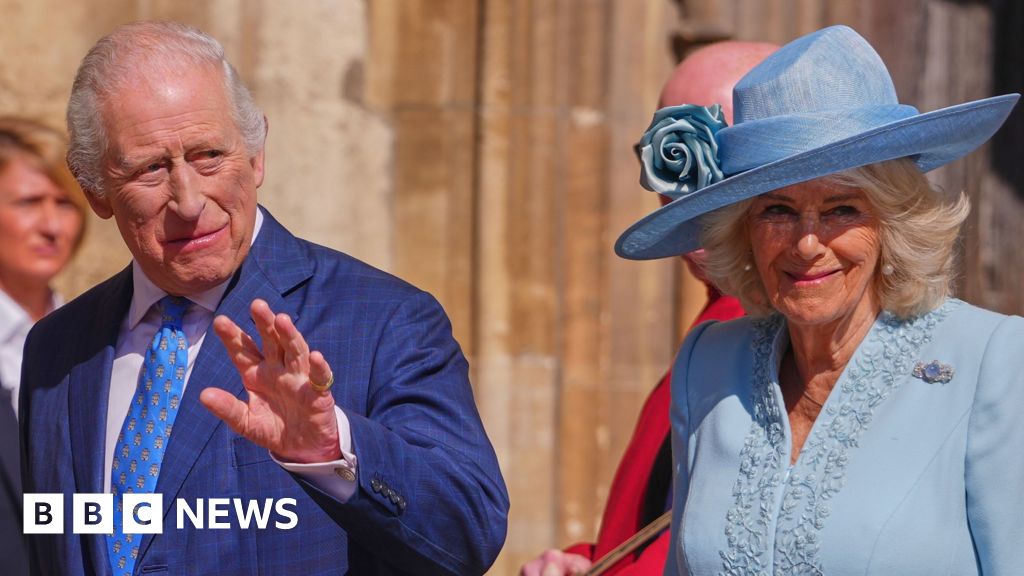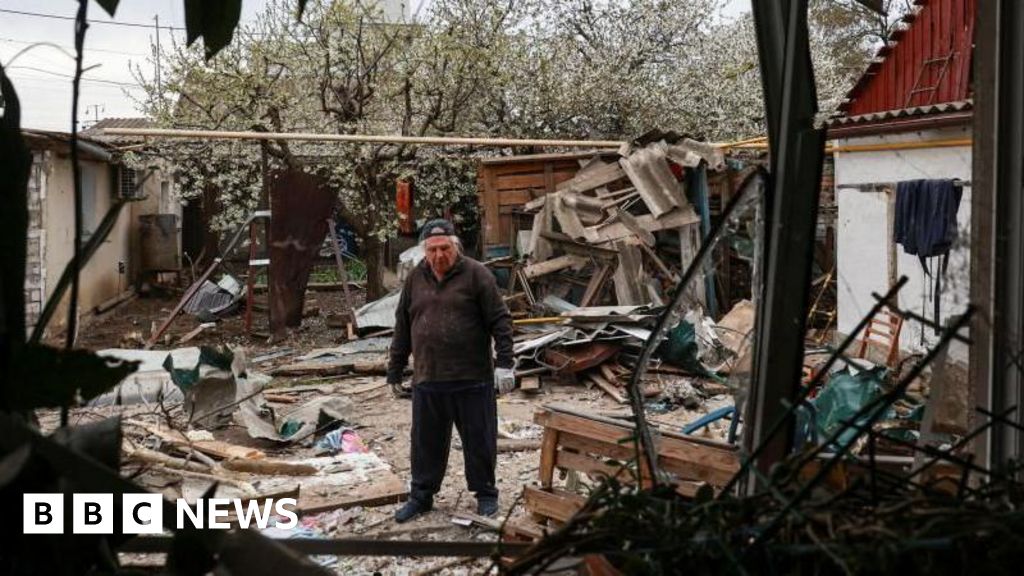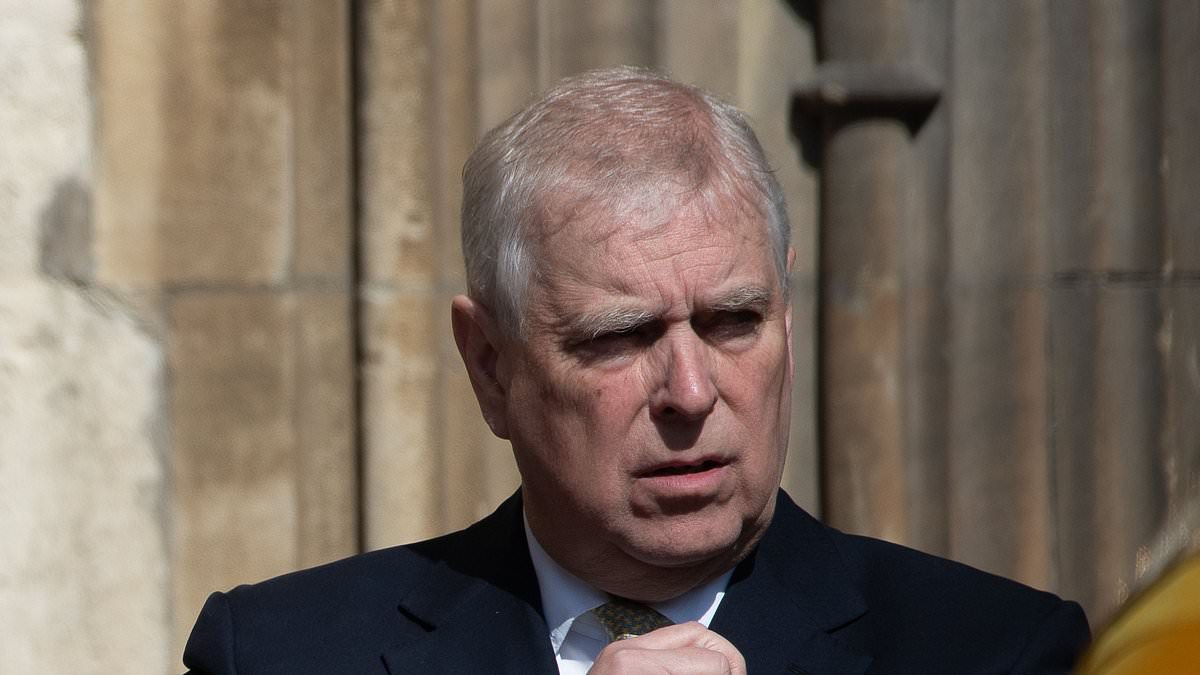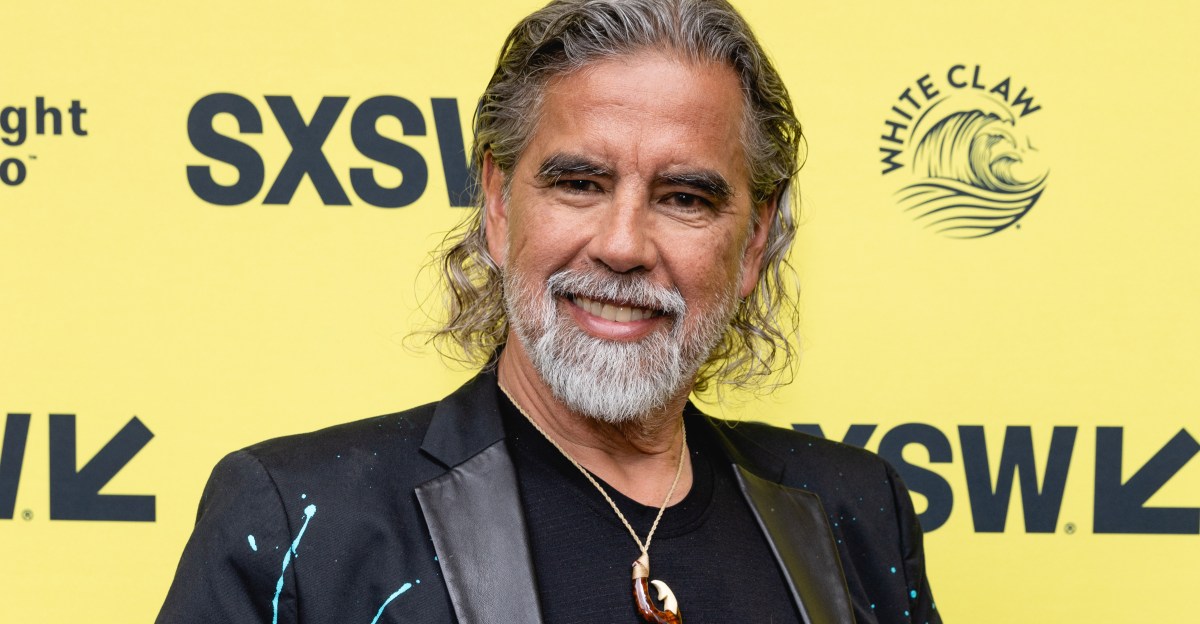Autism community pushes for federal attention during election

When a child is diagnosed with autism, a parent’s role quickly evolves into researcher, therapist and advocate. That’s exactly how it was for Angela Brandt, when her son Misha was diagnosed at 19 months. “I had to push for everything, for his diagnosis, for his therapies and it’s just, the system here makes it so difficult to access what your child needs in order to have the best possible quality of life,” said Angela Brandt, speaking to CTV News at a playground in Toronto, with her now 19-year-old son Misha. Playing on the swings and tossing the ball around are some of his favourite activities. Through intensive treatment, Misha has grown into an athletic, caring young man, but at 19 his needs are still quite high and he requires supervision. Faced with constant curveballs, the family poured hundreds of thousands of dollars into early intervention and therapies, something Brandt knows not every family can afford. “If you don’t know what to ask for, if you don’t know how to ask for it, your child’s going to go without and it’s a shame because… I love Misha more than anything in the world but he’s no more deserving than any other child,” said Brandt as she spoke about doing the research herself and advocating for her son and others — more formally, at one point, as the president of the Ontario Autism Coalition. She’s familiar with taking this issue to Queen’s Park, Ontario’s legislature, but has also been fighting for more consistent services across the country.“ Right now every province has their own program, none of them are alike, some are worse, some are better. How does that make sense? If you’re Canadian you should be able to access therapies for your children regardless of what province you’re living in, regardless of what city you’re living in,” said Brandt. When it comes to the federal election, she’s disappointed leaders are not talking about this issue on the campaign trail. “They’re barely talking about disabilities in general, so of course it’s very disheartening. They say the measure of society is how they treat the most vulnerable — our citizens with disabilities, autism in particular. They’re extremely vulnerable and they’re not treated well,” said Brandt. Autism advocates Angela Brandt's son Misha was diagnosed with autism at 19 months. During interviews, Pierre Poilievre has spoken about having a daughter with special needs while Jagmeet Singh has talked about people with disabilities at a campaign stop. But advocates say that’s not enough, as Canadians face a patchwork of services and funding, different in every province. “It’s a federal conversation because it’s been so disjointed across this country. You know, with every provincial election autism almost becomes a political issue when it really shouldn’t be,” said Jonathan Lai, executive director of Autism Alliance Canada, a network that works to inform policy and practice nationwide by bringing a broad group of people together. “If it’s under a health portfolio or even social services, we should just be able to incrementally move things forward and not try to rebuild every single time something political comes along the way,” said Lai. Years after the Liberal government committed to a National Autism Strategy, it was published in the fall of 2024, but advocates call it “aspirational in nature” and are looking for leaders to promise plans for concrete change. A change in government or leadership brings much anxiety to this community, who feel the services they receive should not be in flux with governments. “What will change with new governments coming in? What is it going to look like for our children, for us to be able to get that funding as soon as possible and actually access that early intervention that’s constantly being talked about?” said Munira Khilji, a community advocate who also works with families at SAAAC Autism Centre in Toronto, where she helps them access services and tackle barriers families are facing. Call to action – election toolkit As a call to action, the Autism Alliance of Canada created an elections toolkit to help drive change. It’s described as a starting point for learning about autism in Canada, key actions needed from the government and steps for getting involved as an organization. Autism advocates Angela Brandt playing with her son Misha in a Toronto park. It’s directives for government, but policy ideas they encourage families to discuss with constituents during the campaign.“ In that toolkit we have 10 policy solutions that are very ‘A’-political. It’s good policy that any party, any leader can pick up and try to action,” said Lai, adding they are concrete solutions that can be implemented right away to make a big difference on the ground so families are “not just waiting for another report a few years down the road.” said Lai. At the top of the list is working with the CRA to make the Disability Tax Credit (DTC) simpler and more accessible — things like eliminating reassessments for people diagnosed with autism/ID before age 16, assessing for lifelong eligibility. “There’s a way to make it much more accessible and streamline disability status across the federal government because the CRA has one model, there’s different gateways to different things, but is there a one-stop shop for this, that families have one touchpoint and not just multiple layers of paperwork trying to find another physician to fill this out?” said Lai. Considered a gateway to many other benefits, it’s confusing for some and complex — adding to the stress for families as they navigate care for a child or the transition to adulthood. “How do we make it easier for families, how do we make the language simpler, how do we simplify the application process — I think these are all very simple steps, like it’s nothing complicated,” said Munira Khilji, a community advocate and outreach worker at SAAAC Autism Centre in Toronto. Another aspect is skills and development training — both for developmental support workers at the college level and physicians to help diagnose. Areas that would help build capacity of the workforce, where frontline workers are needed to be able to support families and individuals. “The feds could show some leadership in this way. We know about the health transfers, their shared health agreements — there’s things they could do for autism really simply and they just need to bring the people around the table and have some thought and leadership,” said Lai. National Autism Strategy - federal approach The National Autism Strategy was published in the fall of 2024. It outlines five priority areas: screening (diagnosis and services), economic inclusion, public health surveillance (data collection), public awareness (understanding and acceptance), and accessibility to evidence-informed autism (resources and tools). Autism advocates Autism community wants to hear more from federal leaders during election campaign. (Credit: Angela Brandt) But those who spent years advocating and contributing to the strategy are critical, referring to it as “aspirational in nature.” It lacks concrete policy direction.“On paper it’s very aspirational. What are the concrete policy solutions? What are we going to do? What are the investments and the mechanisms that are going to bring this thing forward?” said Lai. There is $6.5 million over five years to set up an autism network — a non-profit entity that allows lived experience (autistic people and caregivers) to advise and guide the implementation of the strategy. But Lai says that is not funding that is dedicated to implementing the strategy itself. Families want this strategy at the forefront of conversations during the election campaign, hoping the next government will commit to moving forward. “There is legislation that requires some action, so it’s time to actually take some of that and put some resources and investments behind it to make some actionable differences,” said Lai. For parents like Angela Brandt, it’s believed early intervention and therapies are most critical, but families often wait months to receive a diagnosis, then several months or even years to access services. Brandt put her career aside and dedicated her time (and retirement savings) to support Misha’s therapies at a young age. Because of that, he is able to communicate his needs. She believes governments need to step up and act faster, as she refers to a “pay now or pay later” approach when it comes to caring for people with disabilities. “He would require a lot more care, so as he got older, the cost to care for him would be exponentially higher. So putting these programs in place early on is actually saving the government money — but nobody seems to care. It’s a four-year term and it seems their vision of the future ends after four years, but Misha is going to outlive me,” said Brandt.


















